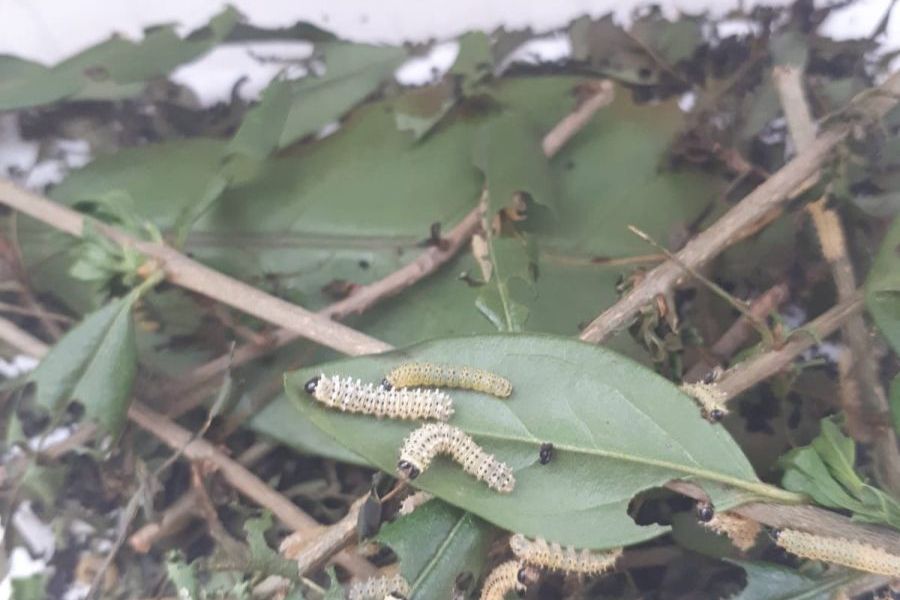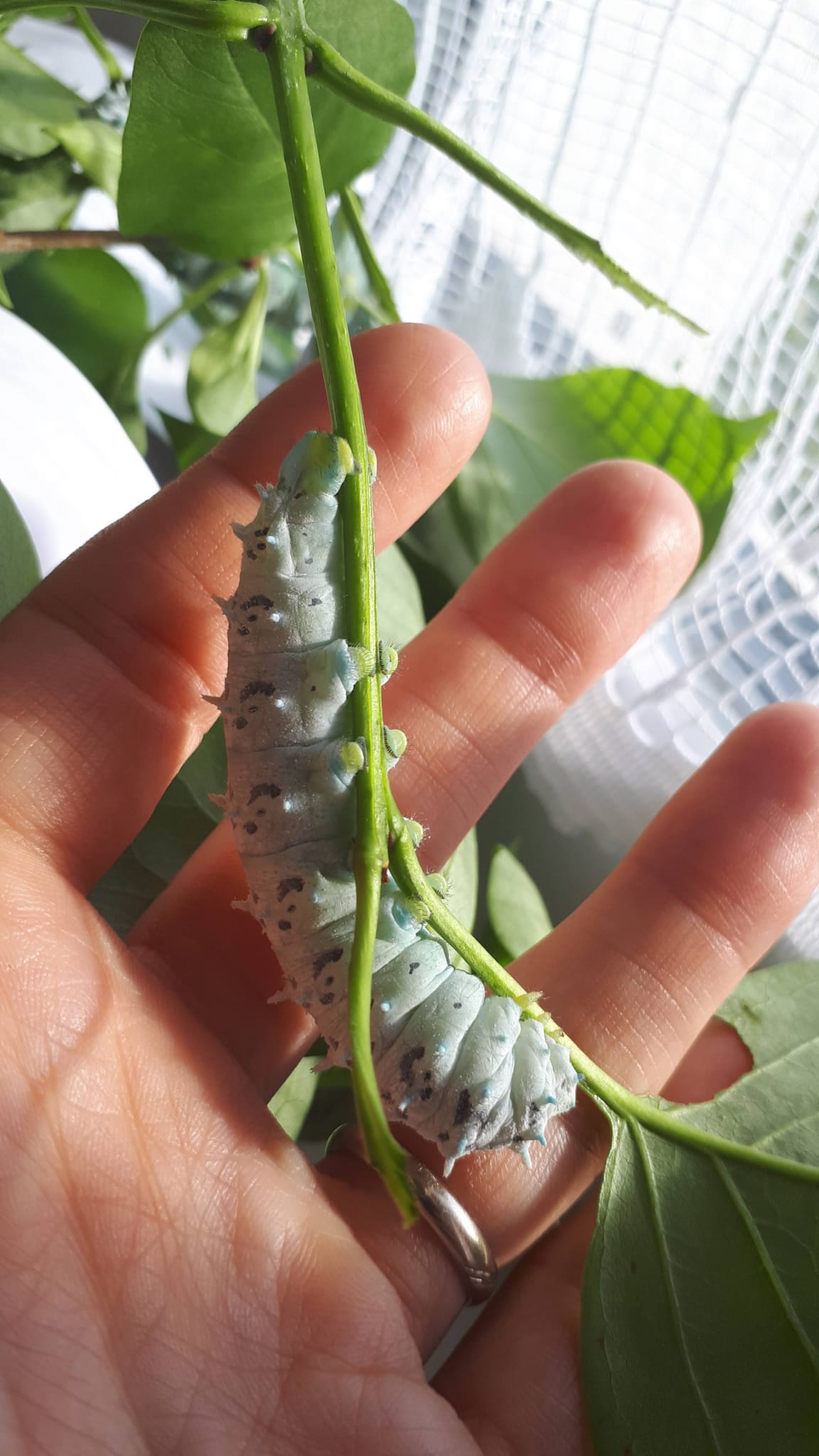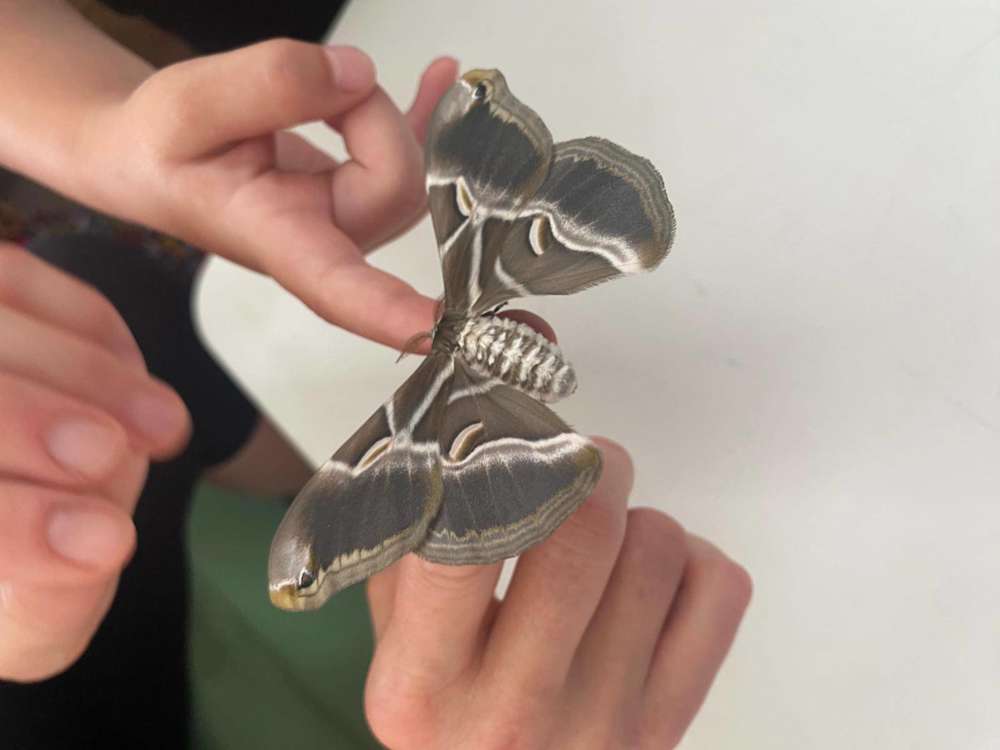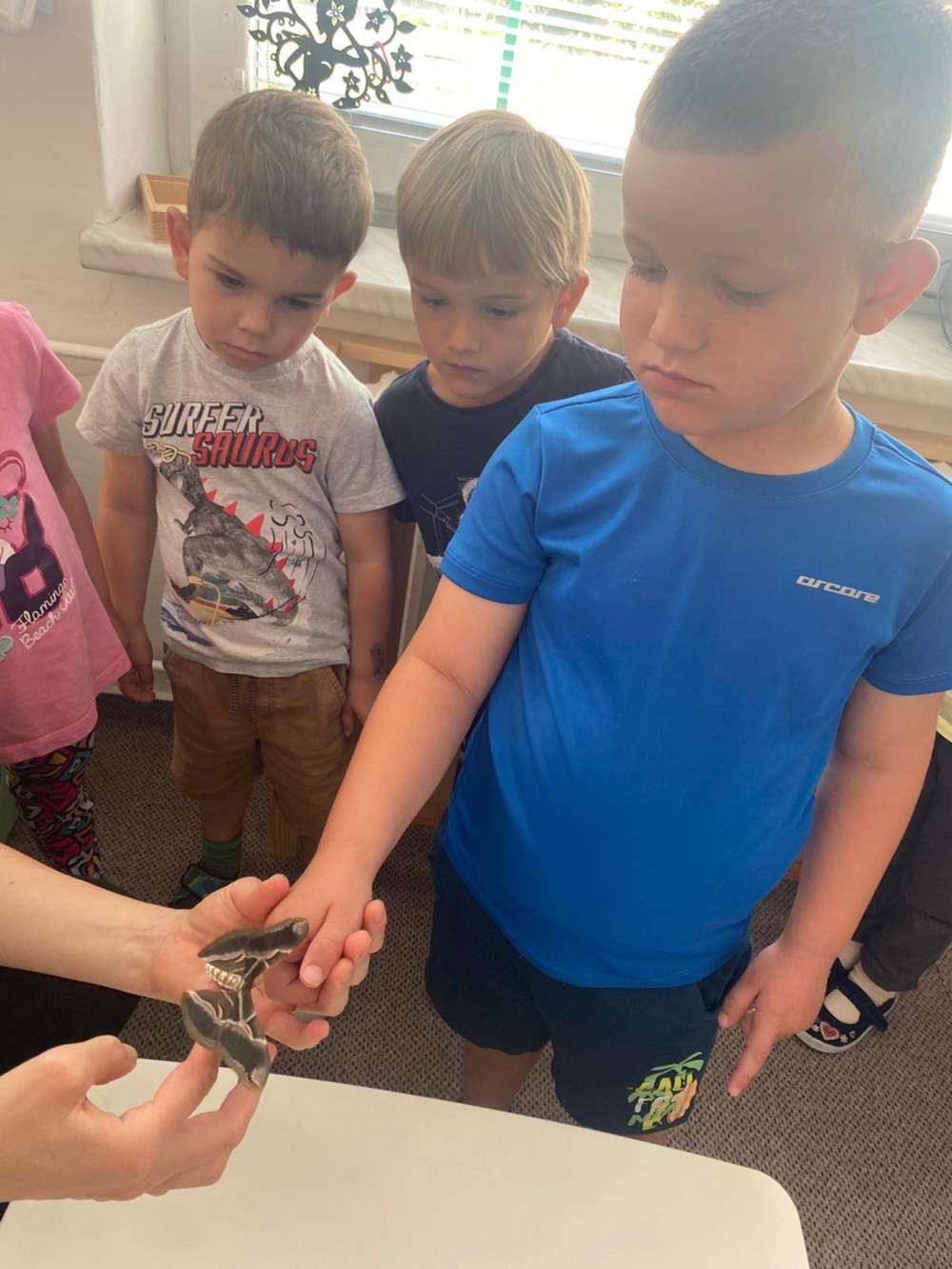
The problem
Modern technology has increasingly distanced today's children from the natural world around them. Many lack awareness of the diverse life forms that share our environment. It is crucial for children to perceive, connect with, and learn to coexist with nature. This awareness fosters appreciation and understanding of the ecosystem that surrounds us.
The solution we used
To bridge this gap, we aimed to introduce children to various life forms through direct observation and hands-on experience. Our focus was on the life cycle of the Passionflower Butterfly, from its beginning as a caterpillar to its transformation into a moth. This process allowed us to explore the rich tapestry of life that often goes unnoticed and to foster a deeper respect and curiosity for the natural world.
Implementation
With the support of our parents, we embarked on a journey to observe the life of the Passionflower Butterfly, also known as the “Passionflower Martin.” We watched in awe as the first butterflies emerged from their cocoons. The delicate, newly hatched moths slowly dried and straightened their wings over the course of a few hours—a captivating spectacle for both the children and the adults.
Interestingly, this species does not have a digestive system and thus, does not need to eat or drink. It is a non-flying moth, making it safe for children to gently hold. This interaction required the children to practice patience and care, ensuring they did not harm these fragile creatures.
After hatching, the Passionflower Butterfly mates for approximately 24 hours and then lives for about ten days. This brief yet fascinating life span provided the children with valuable lessons about the beauty and fragility of life. Through continuous observation and reflection, the children developed a profound respect for living things and an innate understanding of the importance of protecting our natural environment.
This project not only captivated the children’s imagination but also instilled a sense of responsibility towards nature. They learned that life is precious, often delicate, and worthy of their protection.



